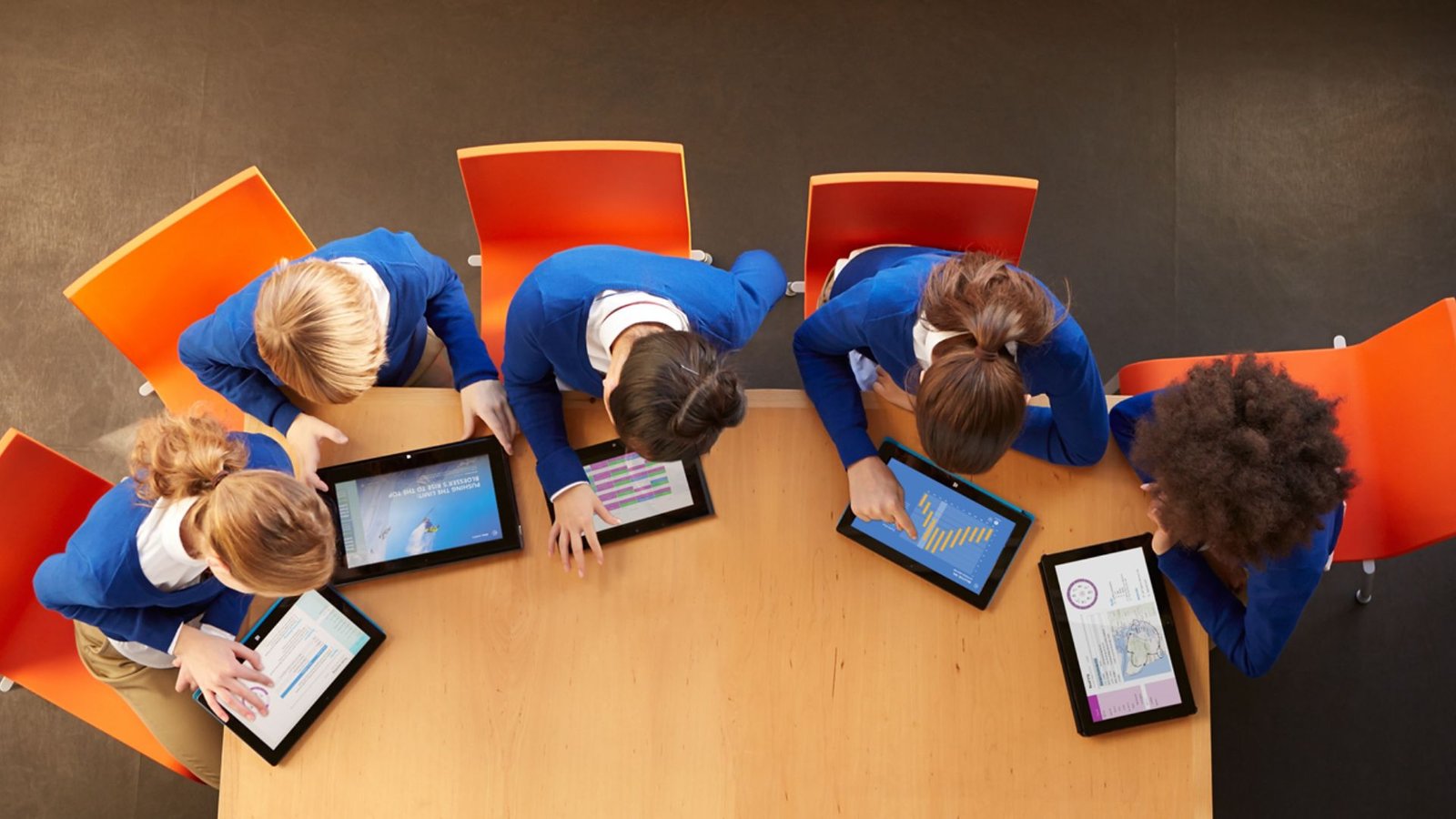File Sharing for Education: Fostering Collaboration and Learning
The traditional classroom is evolving, and technology is playing an increasingly important role in shaping the learning experience. File sharing for education has emerged as a powerful tool for educators and students alike, fostering collaboration, promoting communication, and enriching the learning process.

File Sharing for Education
The traditional classroom is evolving, and technology is playing an increasingly important role in shaping the learning experience. File sharing for education has emerged as a powerful tool for educators and students alike. This fosters collaboration, promoting communication, and enriching the learning process.
How Does File Sharing Benefit Education?
Boosting Collaboration
Gone are the days of bulky folders passed around the classroom. File sharing platforms allow students to work together on projects in real-time, regardless of location. They can share resources, edit documents simultaneously, and provide feedback, fostering teamwork, communication, and a sense of shared responsibility for their learning outcomes.
Enhancing Communication
File sharing goes beyond simply sharing files. Platforms often offer features like messaging and document annotations, facilitating seamless communication between students and teachers. Students can easily submit assignments, ask for clarifications, and engage in discussions, promoting active participation, critical thinking, and peer-to-peer learning.
Enriching Learning Resources
Educators can leverage the power of file sharing to create a virtual library of educational materials. From presentations and worksheets to videos and interactive tools, these resources can be easily shared with students, catering to diverse learning styles and individual needs. This allows for differentiated instruction and ensures everyone has access to the information they need to succeed.
Promoting Accessibility and Flexibility
Learning doesn’t have to be confined to the classroom walls. File sharing platforms allow students to access learning materials anytime, anywhere, on any device. This flexibility is particularly beneficial for students with diverse learning styles or those who require additional time to complete assignments, fostering inclusivity and ensuring everyone has an equal opportunity to learn.
Increasing Engagement and Motivation
Learning shouldn’t be passive. File sharing platforms often offer interactive features like collaborative editing, document annotations, and real-time communication tools. These features can make learning more engaging and interactive, motivating students to take ownership of their learning and participate actively in the classroom.
Examples of File Sharing in Education
Collaborative Writing Projects
Students can work together on shared documents, edit and revise content, and provide feedback to each other, fostering teamwork and communication skills.
Group Presentations
Students can share presentation materials, images, and videos through a central platform, making presentations more interactive and visually engaging.
Peer Review and Feedback
Students can share drafts of their work with peers for constructive criticism and feedback, promoting self-reflection and critical thinking skills.
Research and Project Sharing
Students can share research findings, data visualizations, and project materials through file sharing platforms.There by encouraging collaboration and knowledge sharing among classmates.
Considerations for Implementing File Sharing in Education
While file sharing for education offers numerous benefits, it’s important to consider these key points:
Security and Privacy
Schools and educators must prioritize data security and student privacy . By employing platforms that comply with relevant regulations and offer robust security features.
Digital Literacy
Equipping students and teachers with the necessary skills to navigate file sharing platforms effectively is crucial to ensure responsible use and avoid technical challenges.
Accessibility and Equity
Ensuring all students have access to the technology and necessary resources to participate in file sharing activities is essential to promote equity and inclusion in the classroom.
Conclusion
File sharing for education presents a valuable opportunity to transform the learning environment, fostering collaboration, communication, and knowledge sharing among students. By implementing these tools thoughtfully and responsibly, educators can create a dynamic and engaging learning experience that empowers students to become active participants in their own education.
You will find the following information useful:

